Hakama Pants in Media and Pop Culture
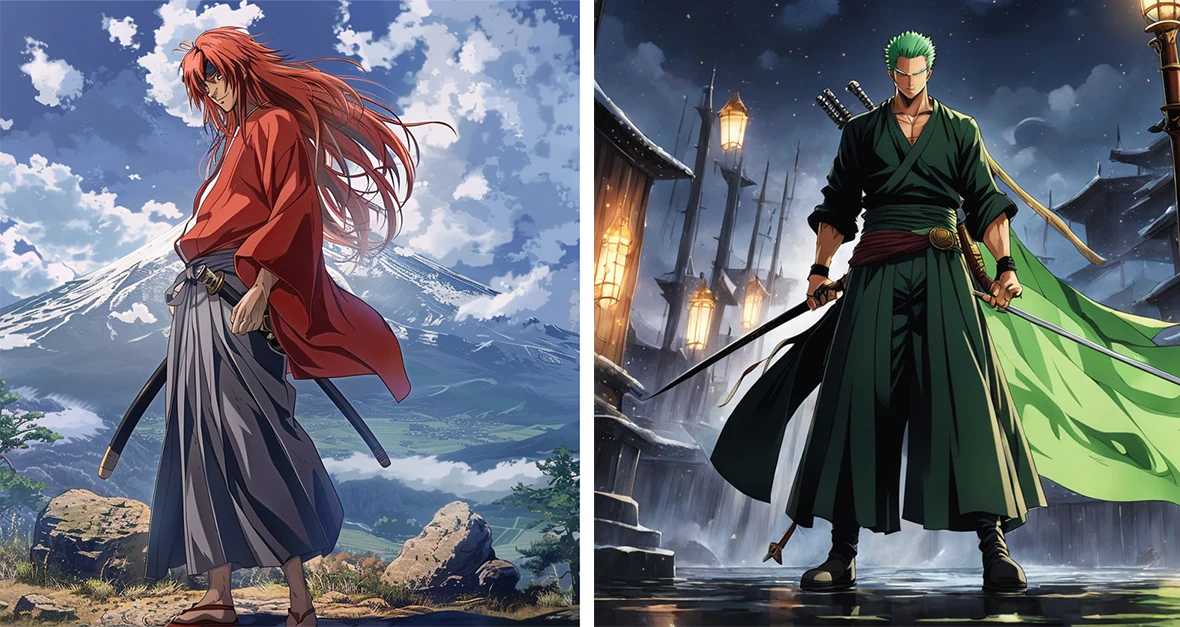
Introduction to Hakama Pants in Media
The Cultural Significance of Hakama Pants
Historical Context
Hakama pants have a complex history that eventually rewinds to Japan in the Heian period. Aristocrats and samurai wore them first to bring out respect and the status of the warrior.
The design of the hakama pants, very wide-legged, made horse riding and battle convenient. Hence, this design showed a part of the lifestyle of warriors. Through time, it became a usual requirement for attire in most ceremonies and performing arts associated with Japanese customs, for instance, a tea ceremony or martial arts like kendo and aikido.
Such historical background gives cultural and historical significance to hakama pants, making them more than just fashionable.
Modern Relevance
Hakama pants have evolved beyond traditional settings in modern times. They represent an affiliation with Japanese ancestry and how it has been styled in contemporary fashion. Designers integrate them—high fashion, streetwear—the old-world charm with new-age aesthetics.
They find a place in domestic and international media, underlining relevance and versatility as part of the modern world, crossing over to cultural pride and adaptation into the modern age.
Hakama Pants in the Movies
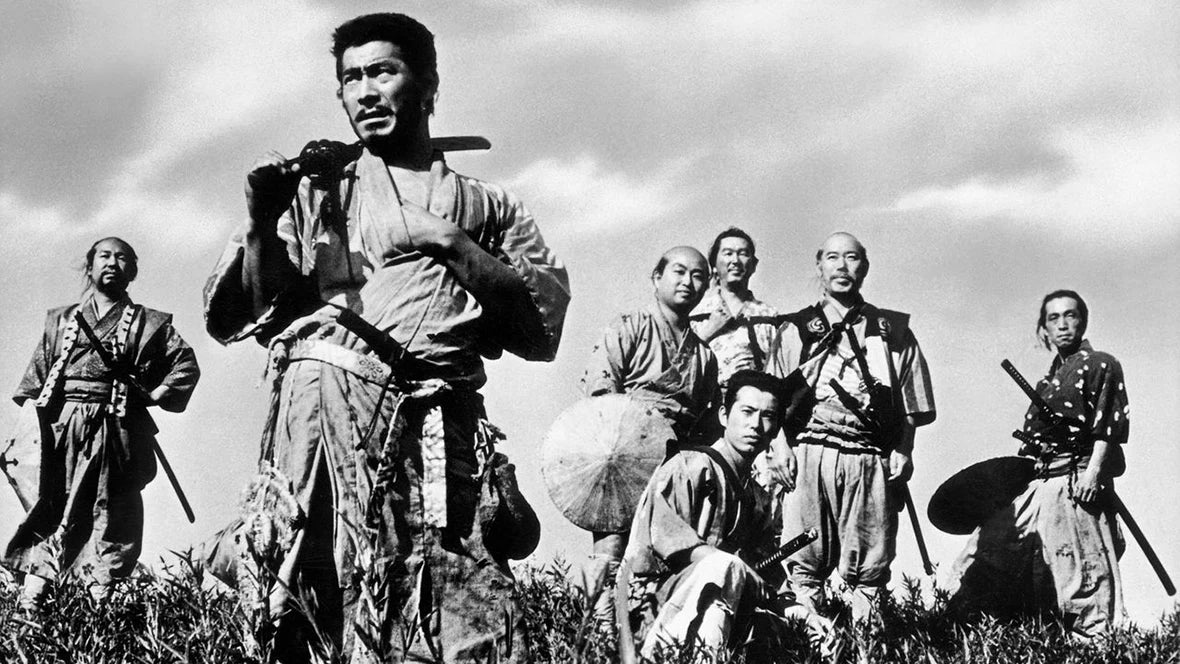
Classic Japanese Cinema
Samurai Films and Period Dramas
Hakama pants dominated classic Japanese cinema, primarily in films on samurai and period dramas. In films like "Seven Samurai" and "Yojimbo," these garments are treated as part of the samurai costume, linking them to honor, discipline, and martial arts.
These films entertain and inform audiences regarding the historical context and significance of hakama pants.
Iconic Characters in Hakama Pants
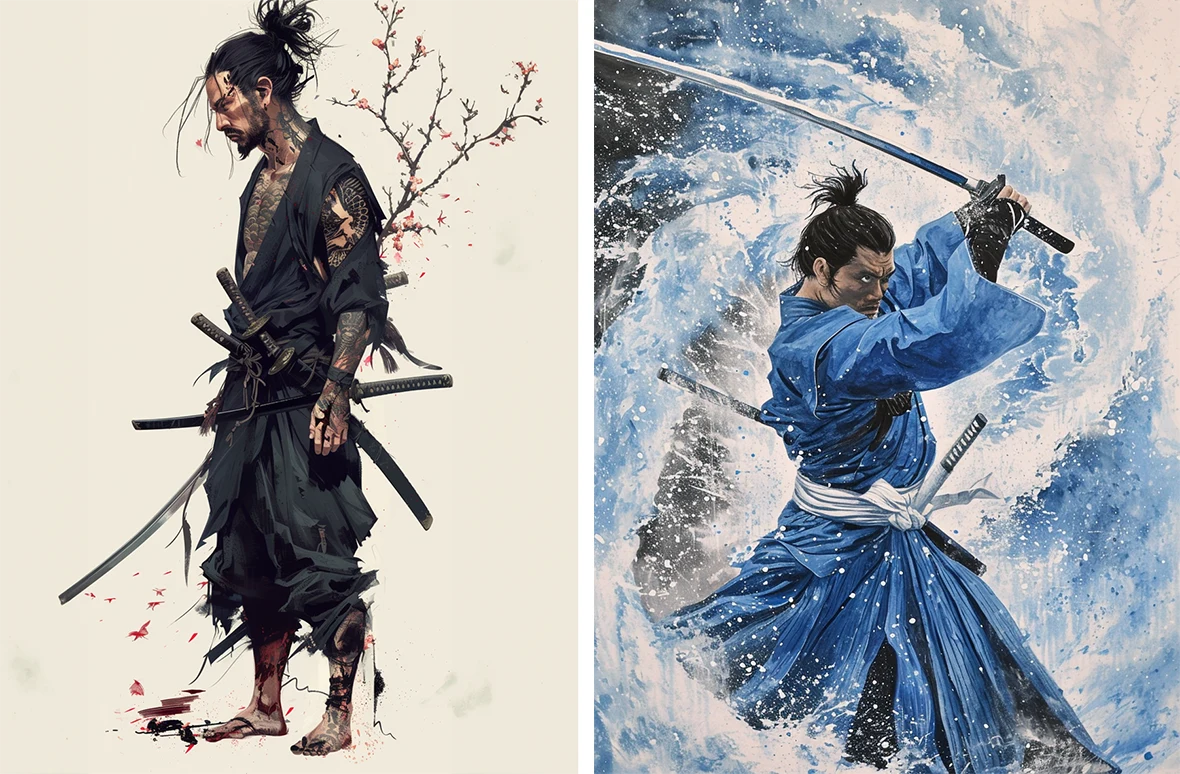
Characters like Zatoichi and Musashi Miyamoto immortalized the image of hakama pants.
Based on historical/mythic narratives, these heroic characters don the hakama as a representational icon of their professions as warriors/sages. Images of Hakama-clad characters are associated with wisdom and strength and henceforth deepen the cultural narrative circled these garments.
International Films
Representations from Hollywood
Hakama pants have made their way to most instances in Hollywood, where Japanese culture is portrayed or fights associated with a movie. Movies such as "The Last Samurai" and "Kill Bill" have hakama pants, thus revealing them to the world.
Most such films often combine a touch of Japanese culture with Western storytelling, indicating that hakama pants really could fuse East and West.
Fusion of Eastern and Western Styles
Having combined the two styles, that is, the Western and Eastern styles in films, creative license has resulted in very imaginative versions of hakama pants.
In other words, costume designers have blended the traditional silhouette with modern fabrics and cuts to give a unique aesthetic appeal that charms global audiences. One such fusion shows not only their versatility but also makes them indispensable for both historical epics and action movies alike.
Hakama Pants in TV Shows
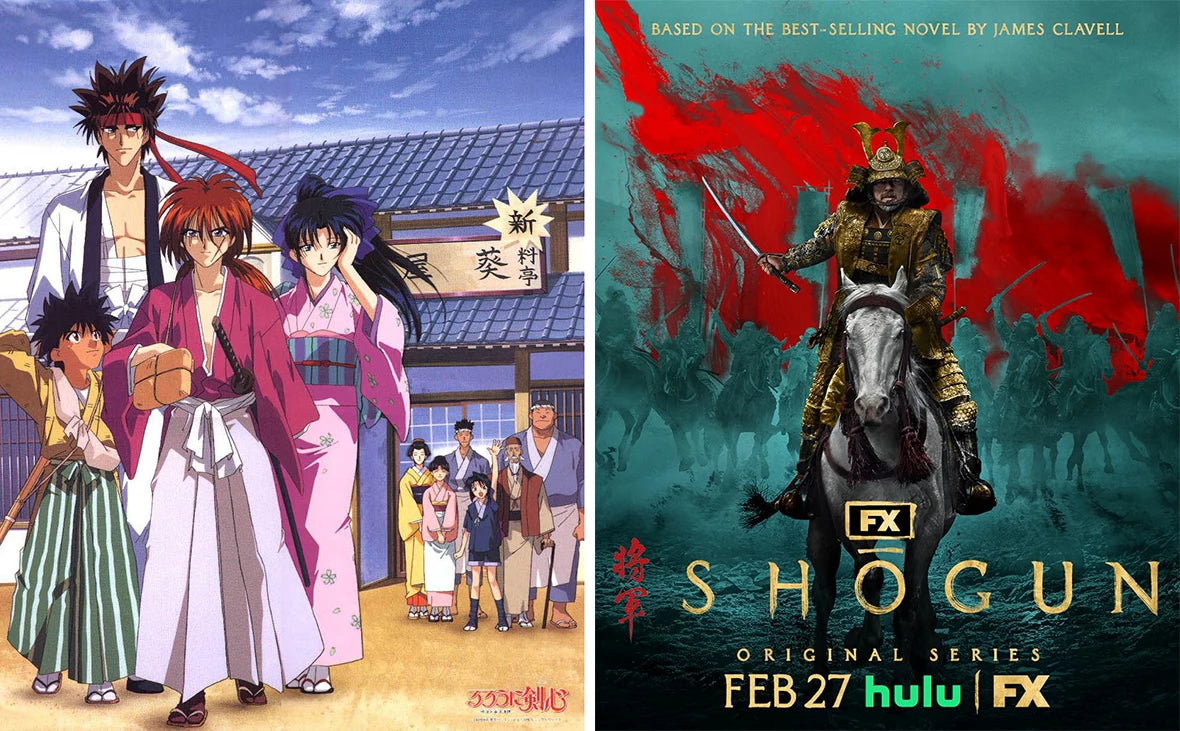
Japanese Television
Historical Dramas and Series of Modern Date
Hakama pants are a common feature of Japanese television in historical and modern dramas. Programs such as "Rurouni Kenshin" and "Shogun" have traditional clothing, including hakama, to care about the authenticity of period creations for which the films' bases were adapted.
Modern series have hakama attires during scenes such as traditional ceremonies or showing martial arts; this links the present to the past.
Popular Characters and Their Impact
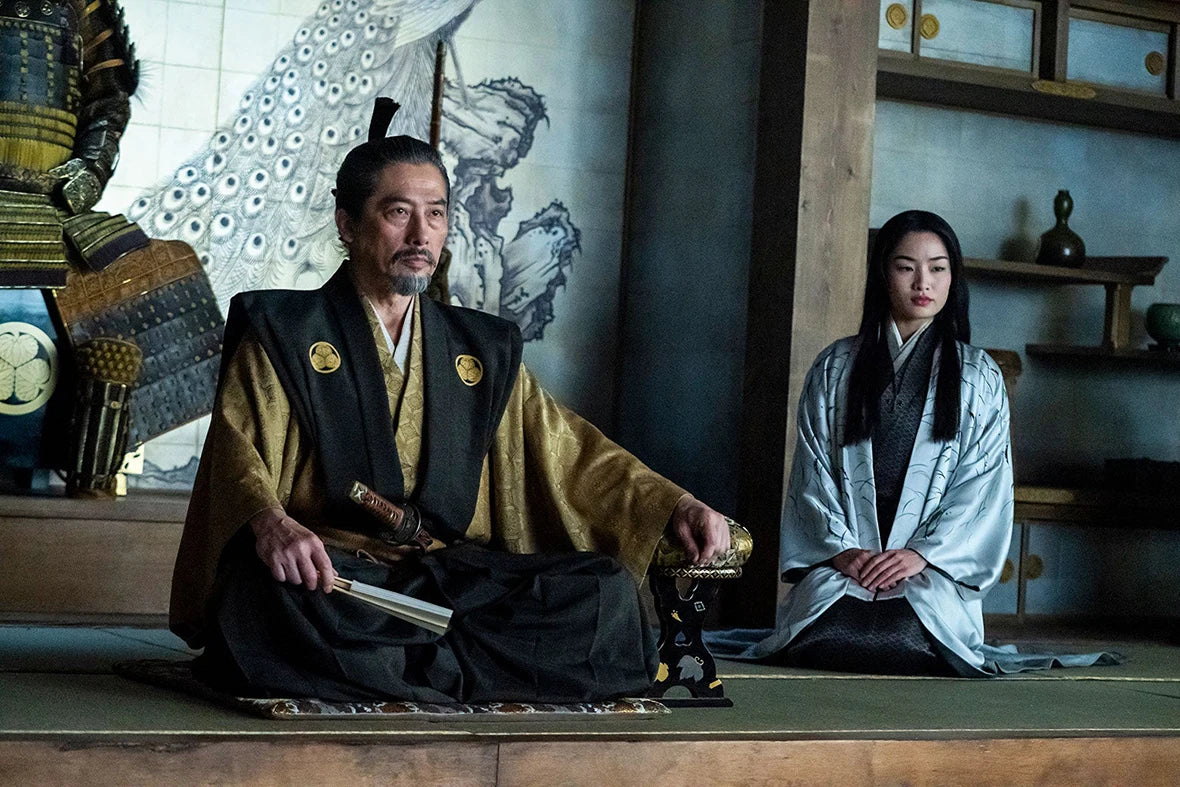
Many of the memorable characters in Japanese TV shows are characterized by hakama pants. For such characters, their attire was not a mere costume but part of their identity that brought forth traits like honor, strength, and wisdom.
Probably the most significant turnover in visual effect that a character in Hakama has is that it contributes to his popularity and helps further perpetuate its cultural significance.
Global TV Shows
Depictions in Western TV Shows
Western television programs occasionally sport hakama trousers, particularly in their episodes on Japanese culture or when the episode involves martial arts. Some shows, like "Heroes" and "Iron Fist," use the pants as costume elements to outline characters' relationship with Japanese culture.
These representations introduce the rest of the world to hakama pants and their cultures.
Influence on Costume Design
The influence that hakama pants can have on costume design is by no means limited to historical accuracy. They beg for inspiring contemporary fashion trends and costume design in various genres.
Designers embark on borrowing elements from those pants and transport them into futuristic or fantastic settings, demonstrating just how adaptable and timeless their nature is.
Hakama Pants in Anime and Manga

Iconic Characters
Representation in Popular Anime Series
Hakama pants are ubiquitous in anime. It seems that just about every iconic character has sported the pants. "Bleach," "Naruto," and "Inuyasha" come to mind with characters donning hakama, really enforcing their connection to classic Japanese ideals and prowess in martial arts.
Many characters exemplify the qualities of being courageous, honorable, and wise; their clothes reflect this.
Manga Culture and Its Impact
Hakama pants, in the manga, are used to portray visually any character with a solid connection to either tradition or martial arts. As such, the pants then set the mood and condition of the story by giving readers cues on the cultural and historical context in which it is set.
Such representation within manga influences readers' perceptions and appreciation of Japanese culture and further solidifies the importance of hakama pants.
Themes and Symbolism
Use in Storytelling and Character Development
Hakama pants, most importantly, are instrumental in storytelling and character development within anime and manga. Ethically dressed, they might convey a progression from novice to master or perhaps even from outsider to integrated community member.
Indeed, this progression reflects the growth and evolution of characters through their costume throughout the story.
Symbolic Meaning Across Anime and Manga
Symbolically, the hakama pants signify or represent much more than the traditional attire. They have inculcated within them such principles as self-discipline, respect, and cultural heritage.
Much literature has characters donning the hakama as any other rite of passage in life to signify acceptance of those values that are embedded in it. Ominous narration is indeed given meaning, alluring a culture depicted in the story.
Hakama Pants in Popular Media
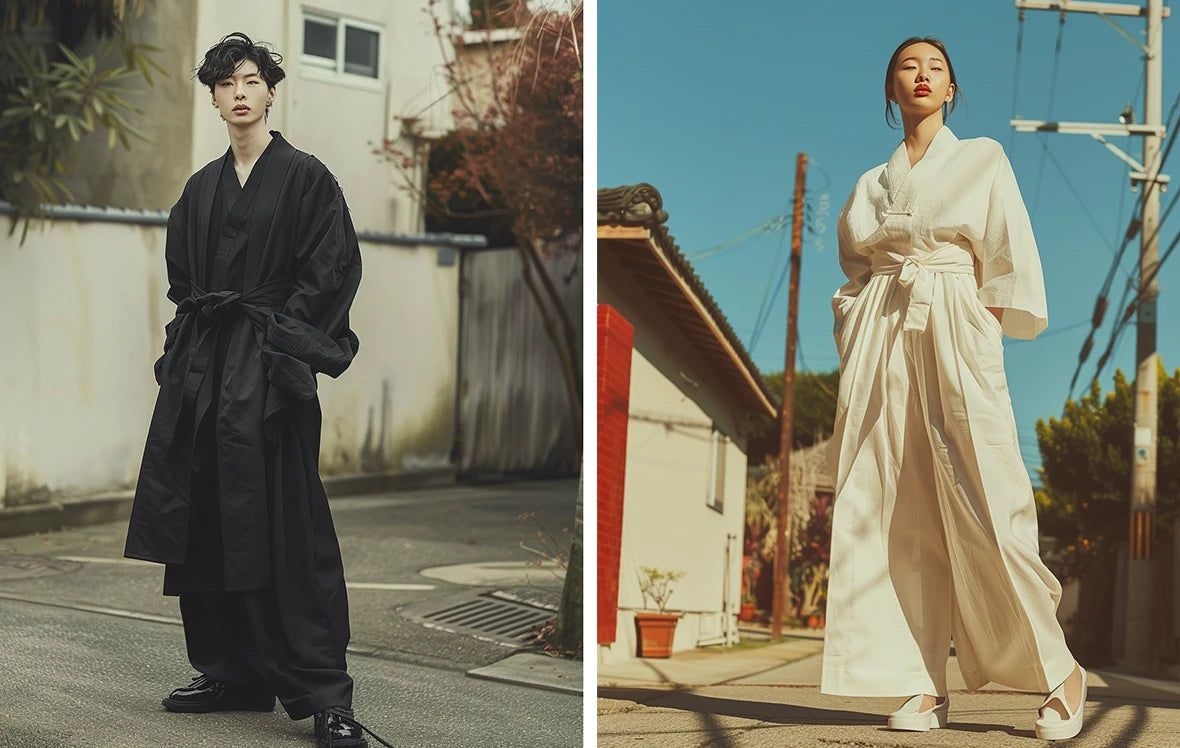
Fashion Magazines and Publications
Features and Editorials
Many editorials in fashion magazines and publications are published wearing hakama pants—unique blends of tradition and modernity. An example would be articles and spreads on incorporating hakama into contemporary fashion, with ideas and concepts showing readers exactly how one could style these versatile pieces.
It is features such as these that set apart hakama pants from being cultural clothing to high-fashion apparel.
Effect on Fashion Trends
The influence that hakama pants have on fashion trends is huge. It is a way of structure and aesthetic from which most designers draw their inspiration, using it in today's collections.
Further, it trickles down into the streetwear of everyday style of fashion, where those silhouettes created by the hakama pants inspire new trends and styles.
Social Media and Online Platforms
@midnightinshibuya This week i learned how to make these Hakama pants in Sashiko Fabric, follow me to see my progress with them as I personalize them
♬ original sound - kinosmn
Represented on Instagram, TikTok, etc.
Social media sites and networking services, like Instagram and TikTok, have accounted for a significant percentage in popularizing these Hakama pants among the youth.
This also reaches out to many fashion bloggers, influencers, and other young fashion lovers who publish images and videos of outfit ideas that include styling tips of them in hakama. This democratizes fashion when people can't see it online, making the Hakama pant accessible to many audiences.
Influence of Fashion Bloggers and Influencers
Fashion bloggers and influencers do much in popularizing hakama pants. On their respective platforms, they share different styles of hakama pants, fusing them with all types of fashion genres.
This helps their fans to keep their interest in hakama pants updated through fashion and the bridging of traditional attire and the current world of fashion.
Conclusion
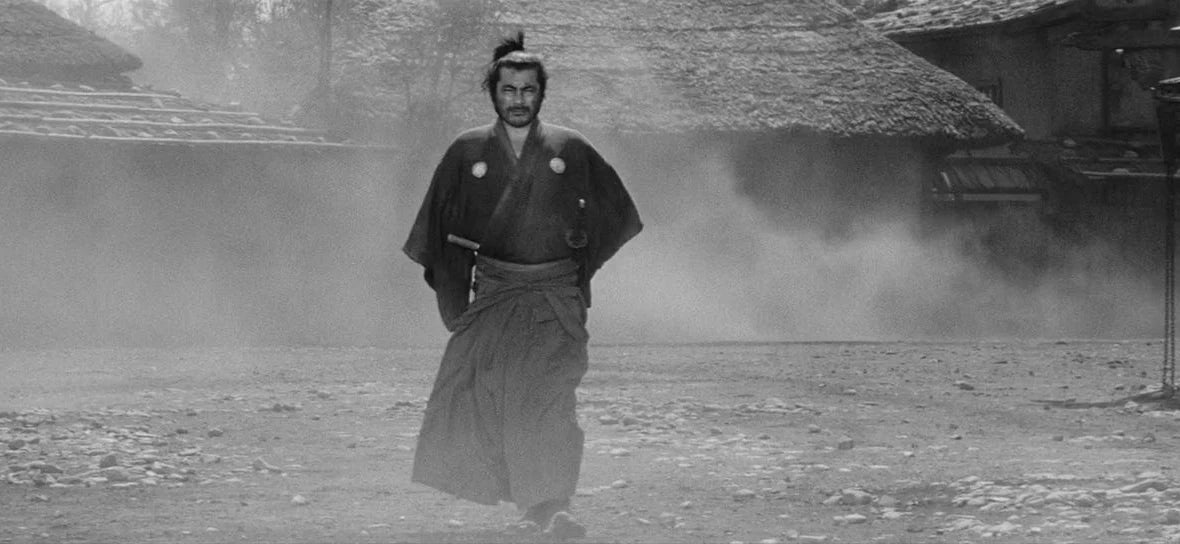
Influence in Movies and TV Series
Hakama pants prominently feature in movies and TV shows in Japan and on the international scene as a means of expressing cultural authenticity and probing deep into character.
From samurai epics to modern dramas, hakama adds flavor to both the narrative and visual appeal of these media forms.
Influence on Popular Culture
Hakama pants have a substantial impact on popular culture. Not only do the pants represent binding with the heritage of Japan, but they also reflect qualities like honor and discipline.
Their portrayal through innumerable forms of media has guaranteed that their culturally significant elements are preserved and introduced them to new audiences worldwide.
Final Thoughts
Continuous Popularity of Hakama Pants in Media
Much of the natural appeal behind hakama pants extensively draws from their unique blend of tradition and modernity. They are much more than just garments—cultural artifacts carrying some heavier weight that belongs to history and symbolism.
Their representation in the media assures that their importance will be conserved for future generations to appreciate.
Future Directions and Representations
Looking forward, however, hakama pants will likely become one of the leading mantras for fashion trends and media portrayals. As designers and storytellers find new ways to include them, hakama pants will never look outdated or restricted to only one use—but will stamp both fashion and cultural narratives.
Embrace the legacy and future potential of hakama pants by celebrating their role in casting a dynamic and evolving cultural landscape.
